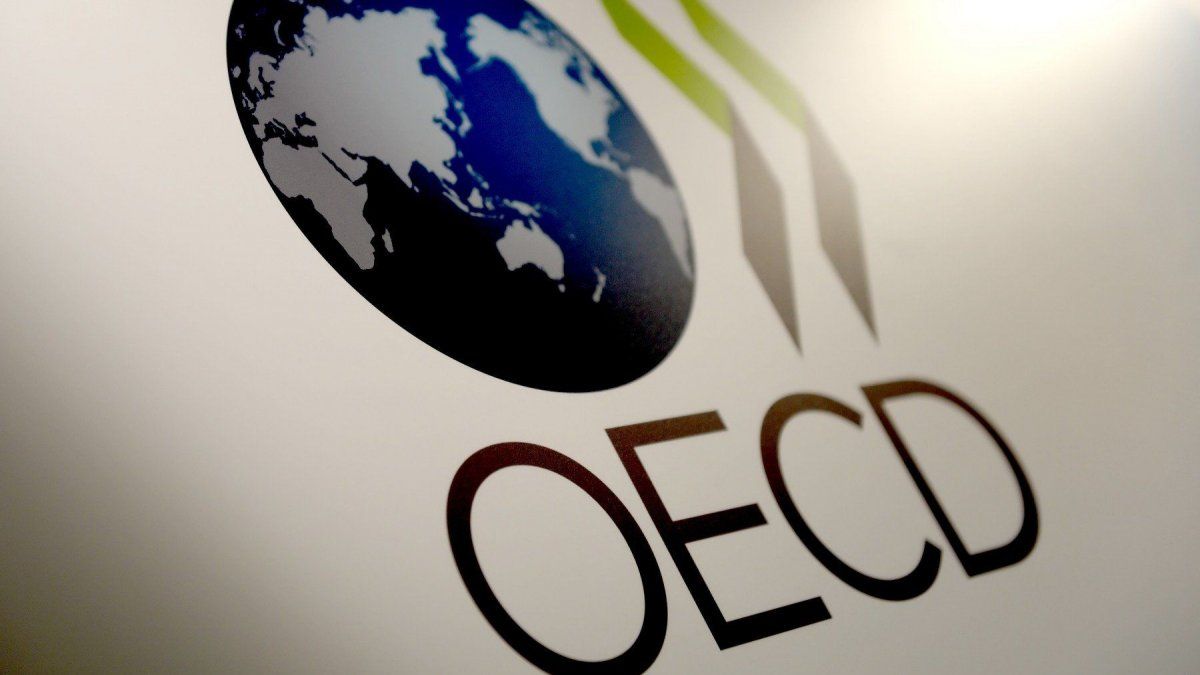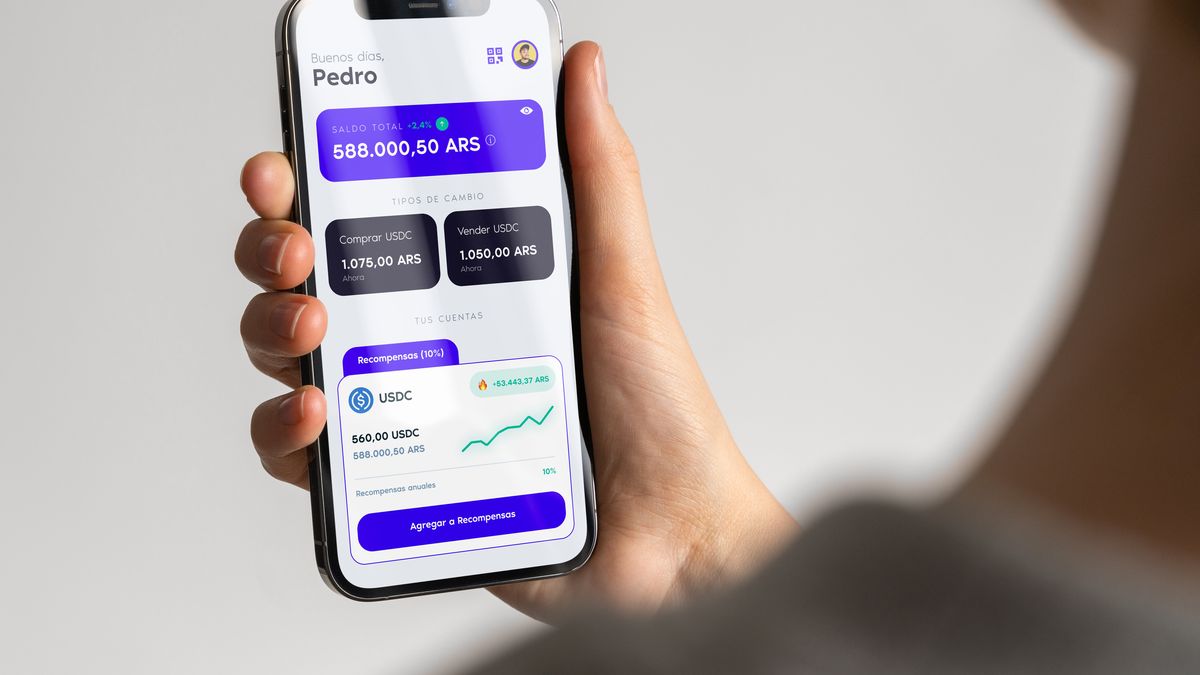The announcement that the Central Bank (BCRA) will increase intervention in the exchange market and that it will manage the rhythm of the crawling peg (the daily microdevaluations of the peso regulated by that entity), within the framework of the measures that the Government implemented in order to control the inflationary escalation, raised doubts in the City because, while part of the analysts bet that an upward adjustment of the crawling peg is coming, the same was of the opinion that it should go down that variable. This made the majority pay special attention this Monday to the dynamics of the evolution of the official exchange rate on the first day after the announcements.
It is worth mentioning that the divided opinions in this regard all have a reasonable justification. On the one hand, those who expect an upward trend point out that this is rooted in the fact that the crawling-peg has lagged behind the inflation data and, now, also with respect to rates (which rose to 8% per month as of this Monday). And they also maintain that the gaze of the International Monetary Fund (IMF) points in that direction, which would also support that theory.
But, on the other, some voices consider that this is an inflationary path because the exchange rate is one of the variables that put pressure on prices. Thus, there are those who maintain that, in an economy with a high rated strokeit would be necessary to give a stronger signal with respect to the anchor of the official exchange rate. From Equilibra, for example, the economist Lorenzo Sigaut Gravina believes, in dialogue with Ámbito, that “if the BCRA validates a monthly 8% for the crawling pegdoes not play as a moderating element of inflation”.
The current dynamics of the dollar
In fact, the BCRA the rate of evolution of peso depreciation decreased so far in May, after having accelerated it above the inflationary trend last month. And it is that the Consumer Price Index (CPI) of the National Institute of Statistics and Censuses (INDEC) stood at 7.7% in March and the evolution of the price of the dollar was close to 8.2% per month towards the end of April, when the evolution of prices was 8.4%.
This could imply a quest by the monetary regulator to control inflation. And it is that one possibility is that it is decided to use the exchange rate as an anchor for inflation and delay it.
In fact, the Government bets on the surprise factor in this sense, since, as a source explains “these types of measures are not usually anticipated”. However, in an observation of the first day after the announcements, Gustavo Quintana, from PR Operadores de Cambio, points out that “apparently there are no changes in this regard so far” he does not expect that, going forward, there will be significant news .
Official dollar: this is how it moved this Monday
In the same sense, the vision of the economist Federico Glustein points out, who details that, based on the price of this Monday, the peso devalued 0.57% throughout the weekend and warns that it is a low level, taking into account that, in the last 15 days, the variation of the official exchange rate is 3.5%, when the floor should be at least 8.5% per month (in line with inflation).
The same is observed by the Invecq economist, Juan Pablo Albornoz, who points out that “Looking at an average of the last 5 days, the Central let the official dollar run at an effective annual rate (TEA) of 99.8%, considering the compensation for the weekend, and, in the last 5 wheels, the crawling advanced at 101% per year”.
This is a level well behind benchmark interest rates. Above all, taking into account that the new rate increase established that the LELIQ will accrue a TEA of 154.88% from now on. Thus, taking the month as a period of time, “the Central is letting the officer run at 5.9% effective monthly average in the last five days, far behind the rest of the prices in the economy”, since inflation was 8.4% in April and is expected to remain at those levels in May.
The economist believes that, possibly, this deceleration that the BCRA is marking in the rate of devaluation of the price of the peso aims to cool the inflationary inertia that we are having, although it warns that “it is hardly sustainable if the level of the real exchange rate is to be maintained.”
The dynamics of the future dollar: another reference
Also, looking at the dynamics of dollar futureswhich are traded on Matba-Rofex and constitute a market that serves to anticipate the market’s expectations regarding the evolution of the exchange rate, Albornoz points out that a downward adjustment is seen in the shorter contracts, which are the ones that attract the most interest open concentrate.
It does not rule out that this responds to an intervention by the BCRA in future dollar contracts, since Until last month, the monetary regulator had practically no sold position in futures and has margin to operate. However, he mentions that implicit rates continue to overheat for the period before and after the elections and after the elections.
As illustrated by Glustein, “the implicit rates are giving 162% for August, which implies that, taking into account the current rate of 97%, there is an approximate return of 60%, which would indicate that the forecast for the value of the dollar is higher than 8% per month.
Thus, in the words of Albornoz, this may be indicating that the market expects a stronger devaluation sometime in 2023. However, we will have to wait for the next few days to see if this perception takes shape or if the BCRA finally chooses, as it seems to have been doing in recent weeks, to use the exchange rate as an anchor.
Source: Ambito




